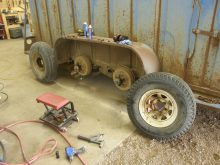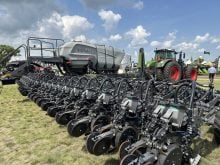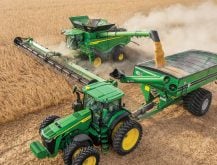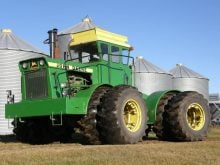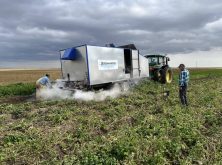Glacier FarmMedia — German company tested its electric desiccation system on Canadian farms this growing season, as it works to bring weed control through electricity to large-scale operations.
Crop.zone is unique in that it combines an application of liquid to the plant at the front of the tractor, and an electric shock at the back, which helps with a burndown of crops without the use of herbicides.
Crop.zone officials talk in crop protection terms that farmers will understand.
Dirk Vandenhirtz, the company’s CEO and founder, says electricity is the “mode of action” for the product, but it uses no chemicals.
Read Also
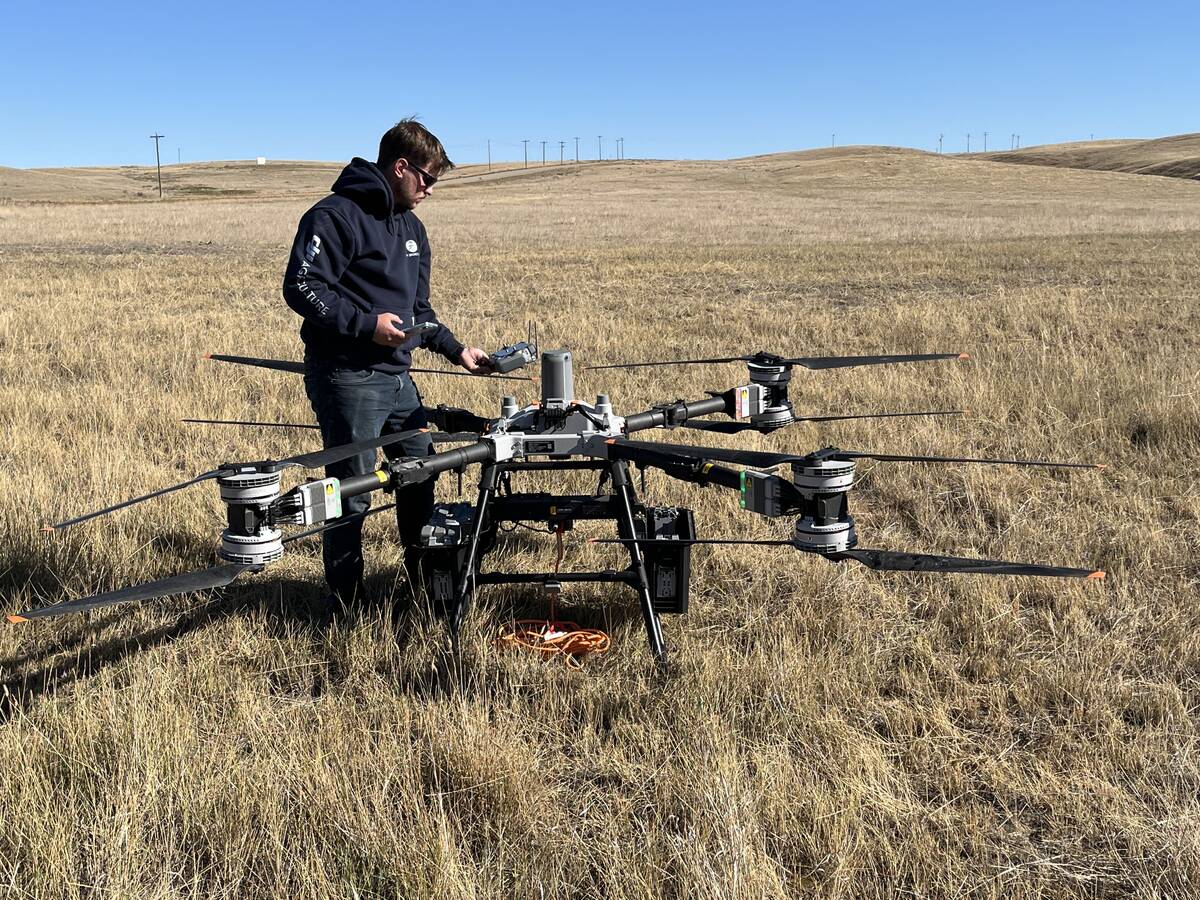
Farm-facing drone does the heavy lifting
Canadian distributor DJI Agriculture unveils its AGRAS T100 drone to western Canada’s producers for greater efficiencies in spraying and granular spreading in fields.
Food companies such as PepsiCo are looking for crops with reduced pesticide application — especially the desiccation application, which kills crops to make harvest easier.
“They tell us that they have an increasing need for residue-free crops like oats and chickpeas,” says Vandenhirtz. “They are trying to source them, so there is a market” for products with lower pesticide applications.
Earning premiums for crops with lowered residues could be a good business model for Canadian farmers, he says.
The concept of using electricity to kill plants goes back more than 100 years, Vandenhirtz says. The challenge is the amount of energy needed to kill a plant.
“You have a high level of resistance at the surface of the leaf,” he says.
The company developed a conductive liquid that is applied just before the electricity. It can be thought of like a surfactant is used to make a herbicide more effective.
“That lowers the necessary energy by a factor of 10,” says Vandenhirtz, which helps the company manage wider application booms, with less electricity.
Crop.zone has been working in the area of Outlook, Sask. Darrell Bailey, head of business development for North America for the company, says it has especially been tested on potato farms in the area, providing a chemical-free desiccation option.
The company is working with the Prairie Agricultural Machinery Institute (PAMI) to make sure its machine adheres to North American guidelines. After all, it is pumping electricity through plants.
The company won a silver in the innovation program at Agritechnica in Germany in November for the next stage of its product development.
The company currently has nine- and 12-metre (30- and 40-foot) options, with different boom options for potatoes, grass and cover crops and standing crops.
Those widths “don’t bring a smile to Canadian farmers,” Vandenhirtz says, as Canadian sprayers are usually much larger.
Crop.zone is working with John Deere to develop a 24-metre (80-foot) unit that fits onto existing self-propelled or trailered sprayers. The sprayers would deliver the Volt Fuel liquid, followed by a boom unit with attachments that fit between rows, to treat weeds within rows in growing crops.
To that project, Deere is helping to bring section control and row alignment camera technology.
Boom width, though, is just one feature needed to treat many acres in a short period; the other is speed. Vandenhirtz says the Crop.zone unit will only work up to at about eight kilometres per hour at this point.
However, he says, the long-term goal is parity with sprayer technology. “We are improving that step by step. Our goal with our development team is to make that system as efficient as a sprayer.”
The company expects to have its 80-foot systems on the ground next year, in testing with farmers.




